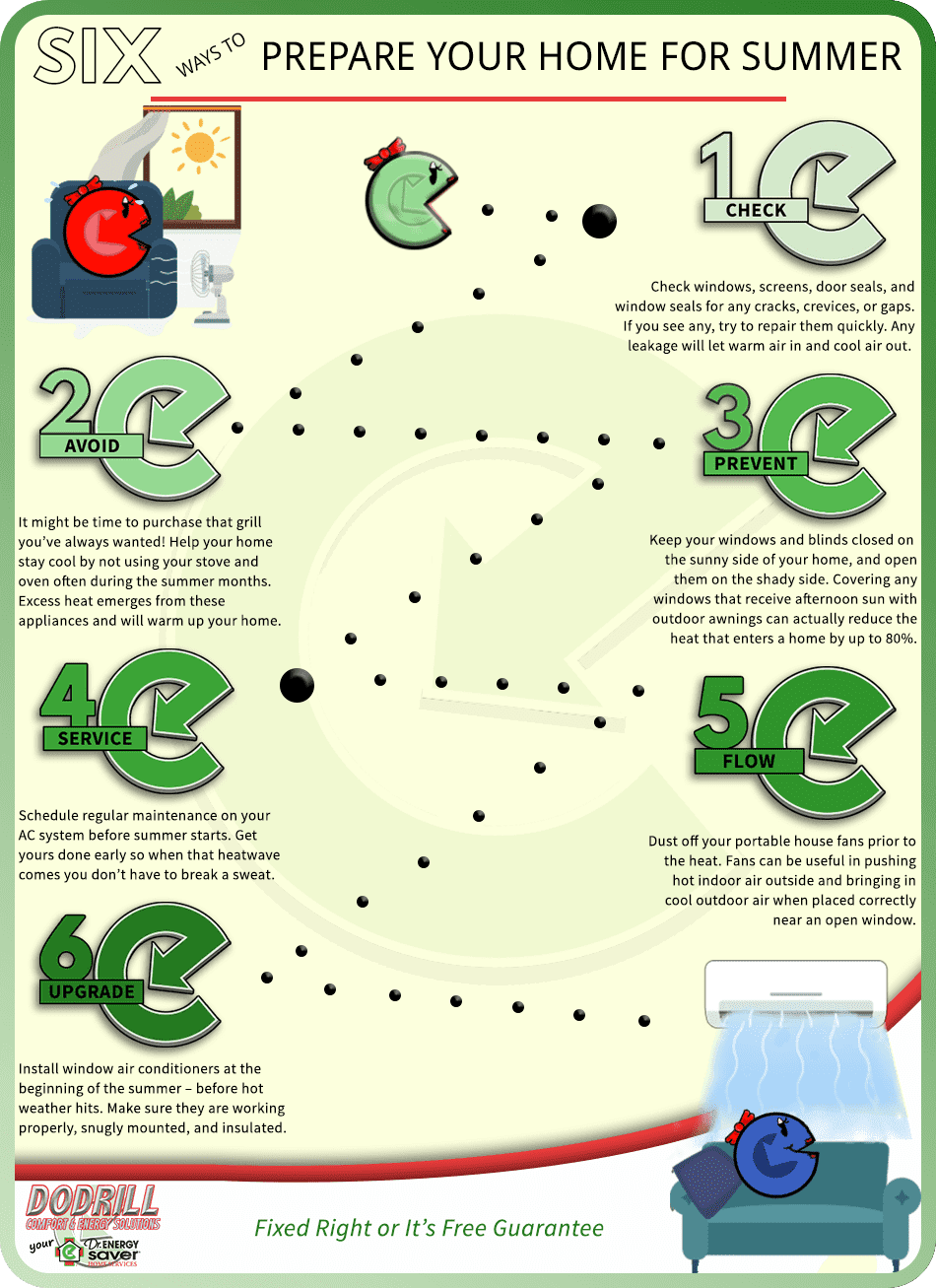The Most Efficient Pressure Washing Practices For Each Surface Group
The Most Efficient Pressure Washing Practices For Each Surface Group
Blog Article
Staff Writer-Sahl McGinnis
When it involves press washing, the method you select can make all the distinction in achieving a tidy, streak-free coating. You could locate that hard surface areas, like concrete, require a different strategy than softer products, such as wood or vinyl. It's essential to adapt your techniques to the surface area type to avoid damage while making best use of cleaning effectiveness. So, what are the most effective methods for every surface area, and how can you ensure you're utilizing the ideal settings and tools for the job? Let's discover what you require to understand to obtain the best results.
Tough Surface areas
When it pertains to pressure cleaning tough surfaces, prep work is essential. Before Discover More think about pulling out the stress washing machine, put in the time to remove the area of any kind of debris, furnishings, or barriers. You don't desire anything entering your way or possibly destructive your tools.
Next off, check the surface for any fractures or damage; this will help you establish the ideal technique and pressure settings.
When you've prepared the area, it's necessary to choose the best nozzle. For difficult surfaces like concrete or brick, a slim nozzle (15 or 25 degrees) works best to offer a focused stream of water that can efficiently eliminate crud and stains. Constantly begin at a distance and gradually move better to prevent any surface area damage.
As you begin washing, maintain the stick relocating to protect against streaks and over-saturation. It's likewise handy to function from the top down, permitting dust and debris to remove naturally.
Ultimately, bear in mind to wash the surface area completely after cleansing to eliminate any type of leftover cleaning agent. With these techniques, you'll achieve a tidy and rejuvenated appearance on all your tough surface areas.
Soft Surfaces
Stress cleaning soft surfaces calls for a gentler approach to shield them from damage. Whether you're cleaning your deck, patio furnishings, or home siding, using excessive stress can cause damages, scratches, or even irreparable harm.
Begin by picking a low-pressure nozzle, preferably a 25-degree or broader spray pattern, to distribute the water much more carefully.
Before Suggested Reading start, it's crucial to pre-treat any type of stains with an appropriate cleaning service. This action allows the cleaner to permeate the dirt and grime, making it simpler to wash away without rubbing also hard.
Always use the solution from all-time low approximately protect against streaking.
When you start stress cleaning, maintain a distance of at least 12 to 18 inches from the surface. Relocate your stick in a sweeping activity, maintaining it alongside the surface to prevent concentrated pressure on one spot.
Rinse Recommended Reading after cleaning to eliminate any kind of recurring cleaner.
Last but not least, inspect the surface for any type of missed out on places and duplicate the procedure if required. By following these actions, you can effectively tidy soft surfaces while maintaining their honesty and appearance.
Specialized Surfaces
Cleansing soft surfaces requires treatment, however specialty surface areas require much more focus to detail. When you take on these surfaces, like delicate timber, discolored concrete, or particular kinds of exterior siding, utilizing the right stress washing strategies is essential to stay clear of damage.
First, evaluate the product. For instance, treated wood can often withstand moderate pressure, however softer woods like cedar might require a lower setting. Constantly start with the most affordable pressure and slowly raise if necessary.
For stained concrete, utilize a follower spray nozzle and maintain a constant range to avoid etching the surface area.
When handling surfaces like plastic home siding or painted surfaces, a vast spray pattern helps distribute the pressure uniformly, shielding the surface.
It's likewise important to use cleaning agents particularly developed for specialty surface areas. They can enhance cleaning without jeopardizing the product.
Rinse completely after washing to remove any type of residue, as it can bring about discoloration or degeneration gradually.
Final thought
In conclusion, understanding stress cleaning techniques for different surface areas can make all the distinction in your cleansing results. For difficult surfaces, adhere to slim nozzles and a top-to-bottom approach, while soft surface areas require a gentler touch with bigger nozzles. Do not neglect to pre-treat discolorations and wash completely to avoid residue. By adapting your techniques to every product, you'll not just attain a cleaner coating but likewise safeguard the stability of your surfaces. Pleased cleansing!
